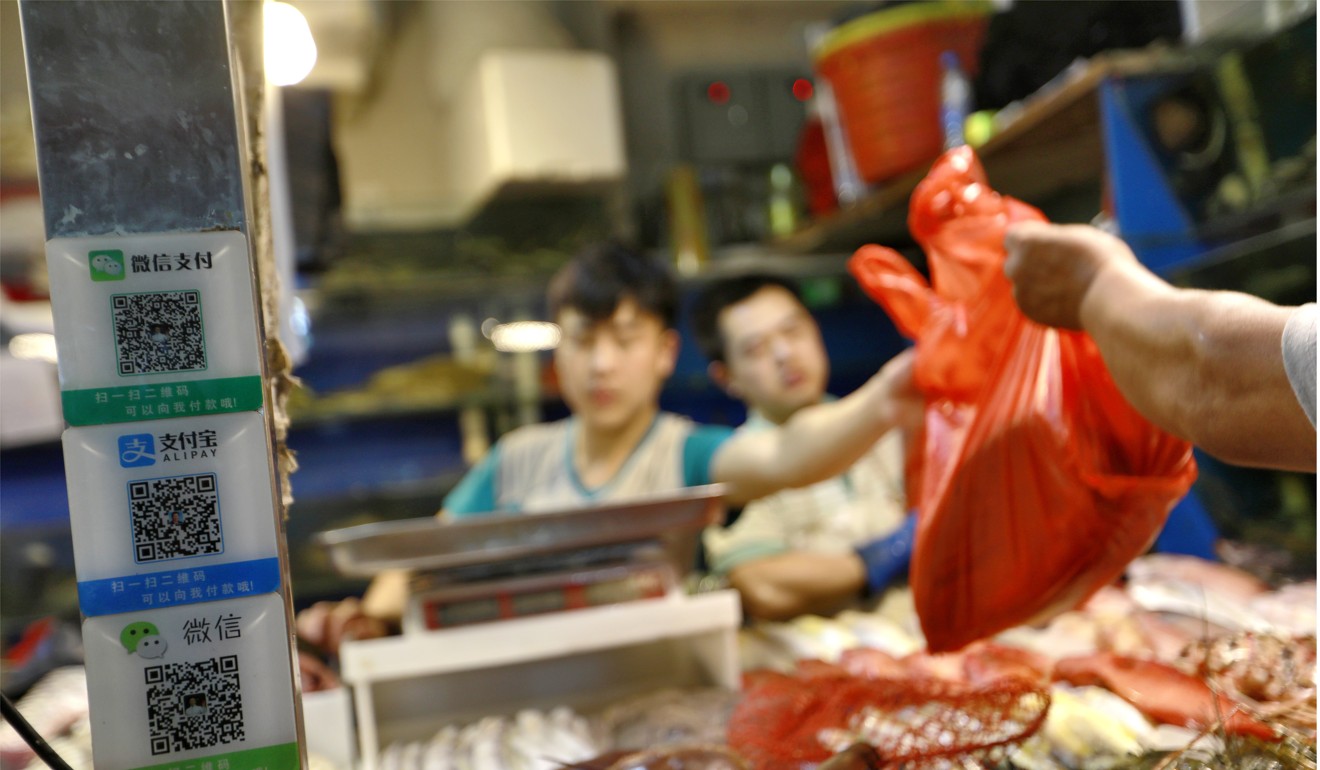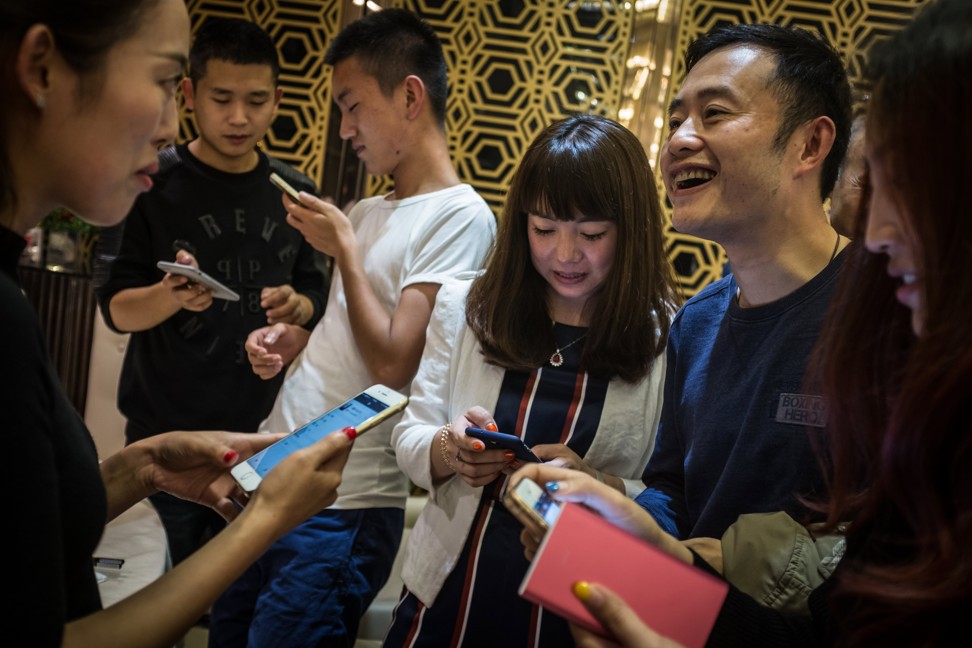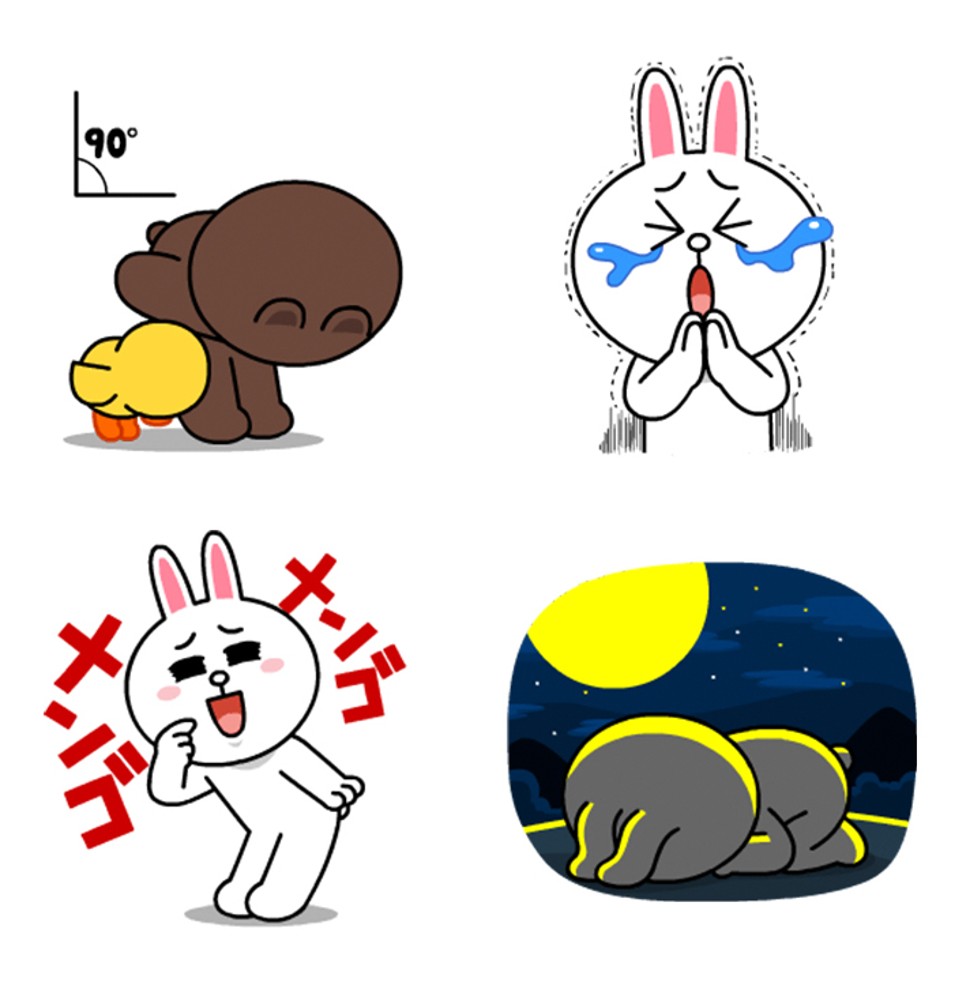
Japan’s Line enlists K-pop to lend glamour to news drive in Hong Kong, where WhatsApp is king
Line’s free news service reflected the same approach taken by larger internet companies to entice existing users and new customers to stay glued to their app via new features and campaigns
Line, a subsidiary of South Korean internet company Naver, launched on Tuesday a news-aggregation feature called Line Today that takes content from Hong Kong media outlets such as Sing Tao Daily, Now News and PressLogic.
“We’ve identified Cantonese [news]content as key to getting users accustomed to the Line platform in Hong Kong,” said Kang Hyun-bin, the senior vice-president of business development at Line Plus Corp.
The free in-app news feed was established to help Line become the top news aggregator in the city, according to Kang.
Various messaging apps have already turned into a one-stop shop for users on their smartphones, which aids in collecting valuable customer data to enable targeted advertising.
Tencent’s WeChat offers its users in China everything from food delivery, ride-hailing and peer-to-peer payment services. Facebook’s WhatsApp, which has long focused on messaging, started in January a trial for in-app mobile payments in India.

Line, however, still has plenty of work to do to catch up with its messaging peers. As of January 18, Line had 203 million monthly active users worldwide, according to online research firm Statista.
That made it the world’s eighth largest messaging app behind Facebook’s WhatsApp and Messenger, each with 1.3 billion monthly active users, and third-ranked WeChat, with 980 million users in the same period.
Content is Line’s second-largest source of revenue globally after advertising, making up 21 per cent of its sales, according to the company.

At the launch in Hong Kong of news feed Line Today, South Korean singer Lee Sun-mi, also known as Sunmi and a former member of now-defunct K-pop group Wonder Girls, entertained hordes of screaming fans at the event with a performance of her hit songs Gashina and Heroine.
Similar campaigns for its news feed have helped Line launch the service in Japan, Taiwan, Thailand and Indonesia. Line expects to generate revenue from the news feed through targeted display advertising and sponsored content.
The Hong Kong news feed comes from some 20 content providers in the city and is curated by Line’s editorial team. All the content is currently in Chinese, but Line said it may soon add English-language content.
The local news feed marked the latest in a string of features Line has been adding to its core messaging service. These included in-app gaming, stickers, mobile payment and other social-media features.
Line is perhaps most known for its Line Friends characters, many of which have appeared in the company’s popular sticker packs.
Kang said the average spending per Line user in Hong Kong was “relatively higher” than in other markets. He declined to elaborate.
“A lot of Hong Kong users are willing to purchase content, and they are also more willing to pay for game items,” he said.
While Line may appear to follow the capabilities of do-everything app WeChat, the Japanese service has achieved something that its Chinese counterpart has not – rapid international expansion outside its home market.
We’ve identified Cantonese [news]content as key to getting users accustomed to the Line platform in Hong Kong
Line’s three largest markets outside Japan are Indonesia, Taiwan and Thailand. In the latter two markets, Line is the most popular messaging app, beating Facebook’s WhatsApp and Messenger apps, which often lead in other markets around the world.
“Communications is a starting point, but we need more to be closer to our users … Localisation [by offering tailored features and content] is a key success factor,” said Kang said, adding that Line’s unique sticker packs are also a big part of user engagement.
Tencent had tried to expand the reach of WeChat into other markets, including the United States and India, with campaigns that featured celebrities like famous professional soccer players Lionel Messi and Neymar da Silva Santos Junior to attract new users.
Those efforts, however, fell short, prompting Tencent to scale back WeChat’s expansion plans in March 2015.



